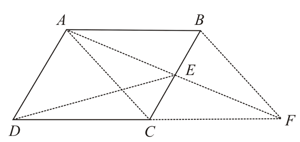R Chandra Solutions for Chapter: Areas of Parallelograms and Triangles, Exercise 1: TEST YOUR SKILLS
R Chandra Mathematics Solutions for Exercise - R Chandra Solutions for Chapter: Areas of Parallelograms and Triangles, Exercise 1: TEST YOUR SKILLS
Attempt the practice questions on Chapter 9: Areas of Parallelograms and Triangles, Exercise 1: TEST YOUR SKILLS with hints and solutions to strengthen your understanding. Full Marks Mathematics 9 solutions are prepared by Experienced Embibe Experts.
Questions from R Chandra Solutions for Chapter: Areas of Parallelograms and Triangles, Exercise 1: TEST YOUR SKILLS with Hints & Solutions
In the figure, is a parallelogram and is a rectangle. Also .
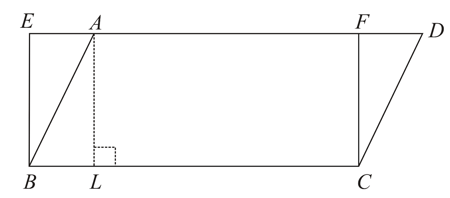
Prove that:
In the figure, is a parallelogram and is a rectangle. Also . Prove that:
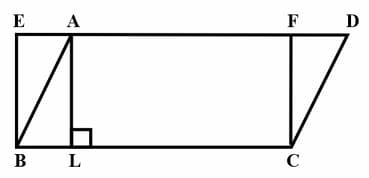
In the adjoining figure, is a parallelogram such that and
If and then find .
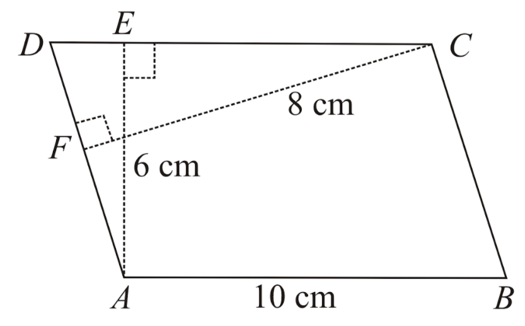
In the figure, is a quadrilateral and and also meets produced at . Show that area of is equal to the area of the quadrilateral .
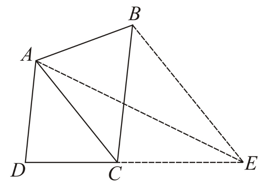
and are parallel sides of a trapezium . Diagonals and intersect at . Prove that:
.
If is midpoint of of and are the points on and respectively. Such that . Then show that ?
A rectangle is formed by joining the midpoints of the sides of a rhombus. Show that the area of rectangle is half the area of the rhombus.
is a parallelogram. Through line is drawn to meet at and produced at . Show that .
